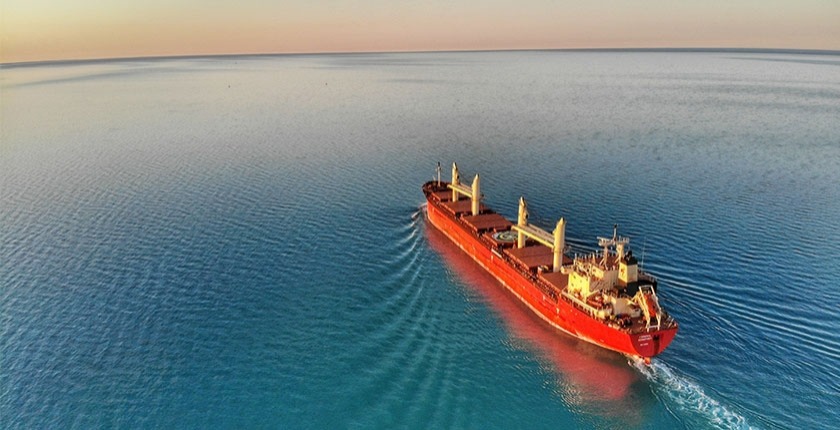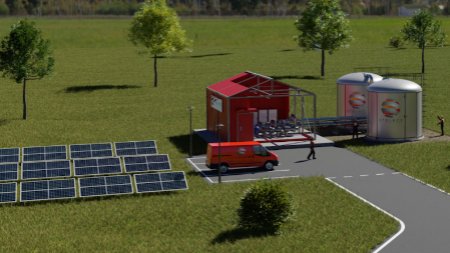1000 Solutions - September 19, 2019
Shore-to-ship power, reducing the environmental footprint of ships with grid connection


Written by Tristan Lebleu 4 min read
This solution can drastically reduce both emission and noise pollution in ports.
In 2000, the port of Gothenburg was home to a major technological breakthrough in the maritime industry. It was the first ever port to be equipped with shore-to-ship power by the Swiss-Swedish company ABB.
This technology, also known as cold-ironing or shoreside power, consists in connecting ships to land-based electrical grids when ships are docked to power all the port activities such as loading, heating, cooling or lighting. By doing so, cargo and cruise ships can turn off their auxiliary engines, thus reducing emissions and noise pollution.
The Swedish port installation proved effective rapidly, as in 2004 the port of Gothenburg received the ”Clean Marine Award” for environmental responsibility from the European Union, for reducing in-port emissions of noise and airborne pollutants. Since then, a few major ports around the world have been equipped to provide electricity to ships while docked.
Shore-to-ship power, a technology in which ABB has been a pioneer, is indeed a powerful solution the maritime sector’s pollution, a major global issue. “During a 10-hour stay in port, the diesel generators of a single cruise ship can burn 20 metric tons of fuel and produce 60 tons of carbon dioxide. This is equivalent to the total annual emissions of 25 average-sized European cars” states ABB. In recent years, comprehensive studies have shown the effects of ships’ pollutants: premature deaths, respiratory and heart diseases, marine mammal disturbance...
“ABB provides the complete electrical infrastructure, both onshore and offshore as turnkey solutions, including a portfolio of key system components such as frequency converters, high- and medium-voltage switchgear, transformers, control and protection systems, etc.” adds the Zurich-headquartered company.
While the installation of this infrastructure is costly, both for shipowners and port authorities, the socio-economic and environmental benefits are indisputable. By reducing by over 30% ships’ CO2 emissions and their NOx and particulate matter emissions by more than 95%, shore-to-ship power improves air quality in ports while saving shipowners fuel costs.
Shoreside connection is gaining attention as a very effective solution: regions such as California have made it mandatory for all ships docking in their ports, and some companies, such as AIDA Cruise ships have equipped most of their fleet. But progress needs to be made faster. Massive investment in this technology was among the key suggestions made by Bertrand Piccard and the Solar Impulse Foundation as part of their work on clean mobility in the One Planet Lab.

Written by Tristan Lebleu on September 19, 2019


